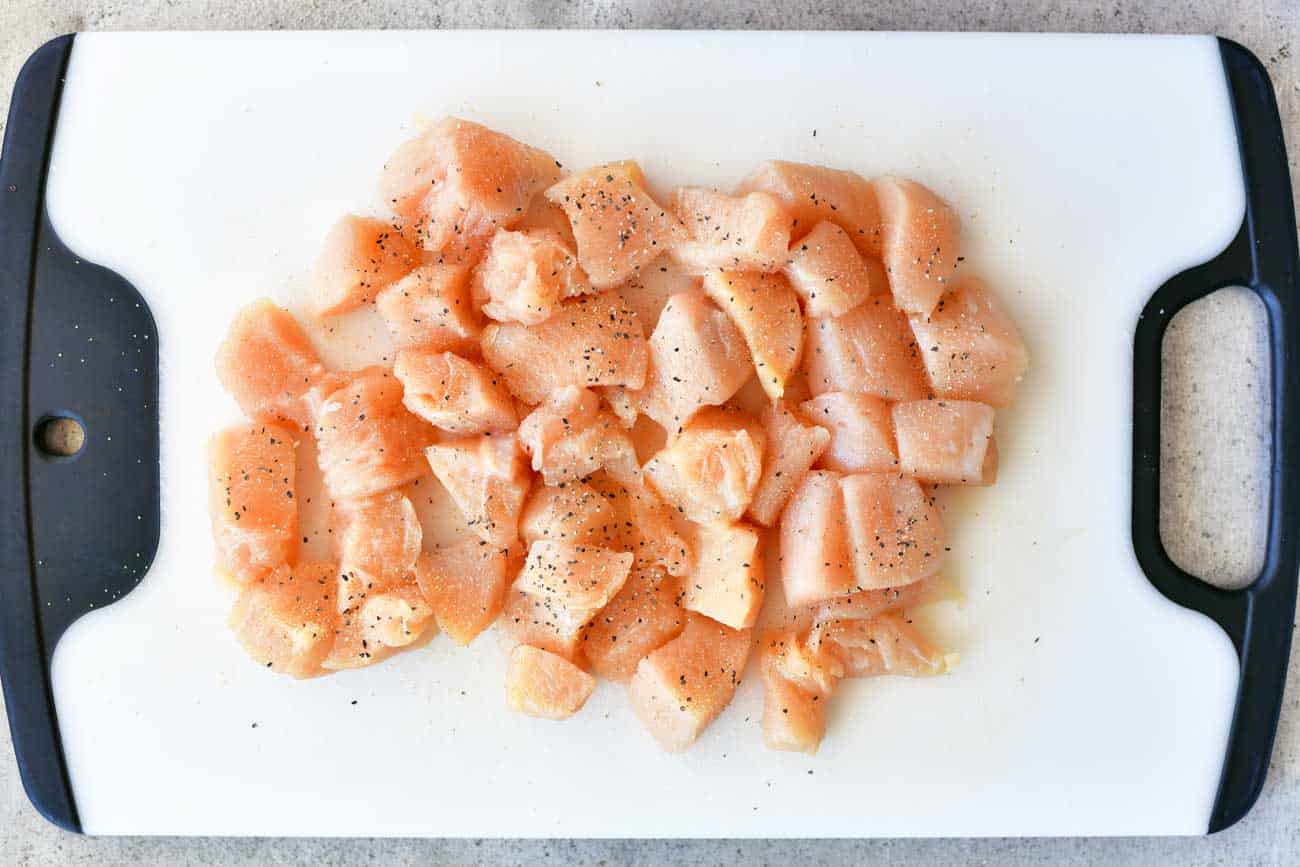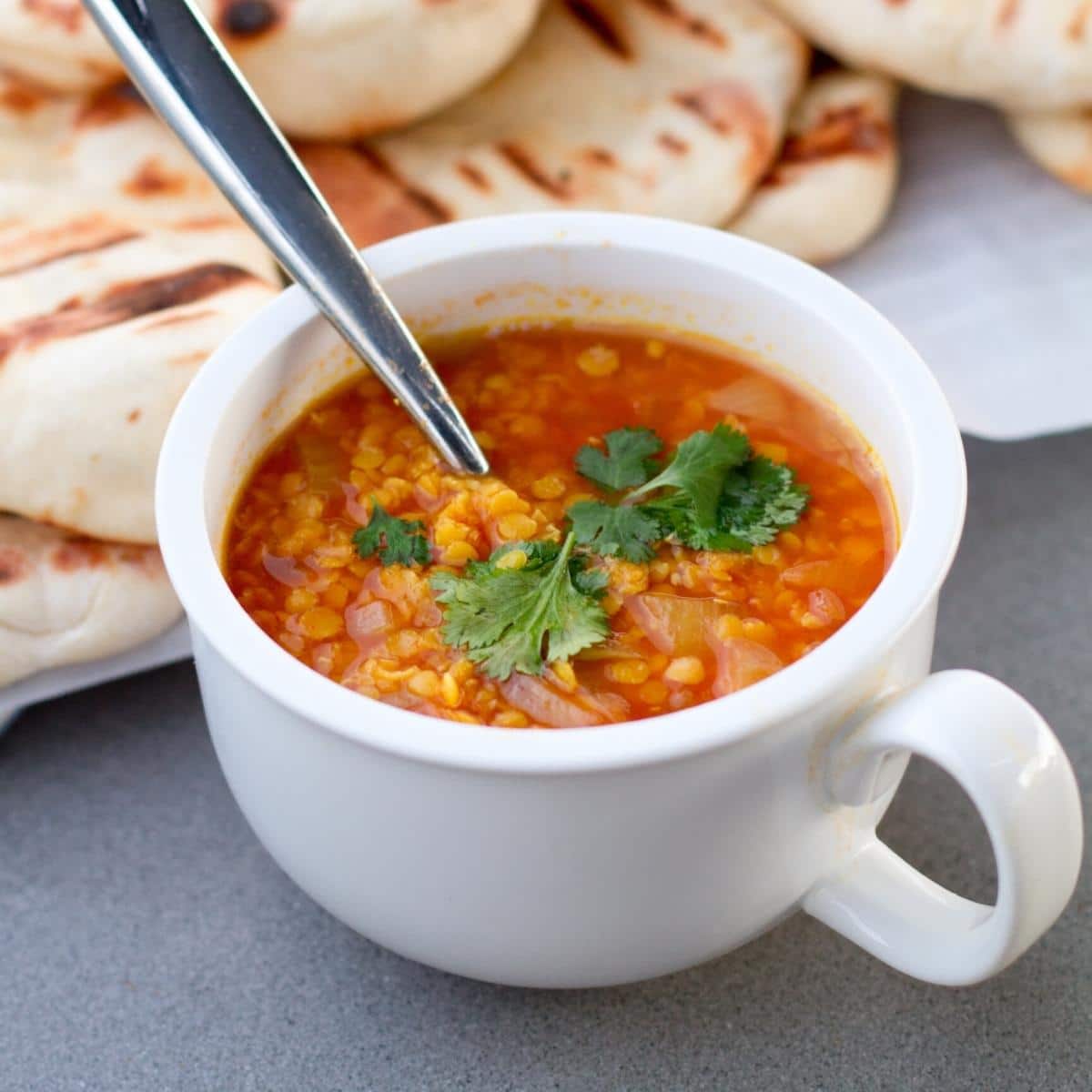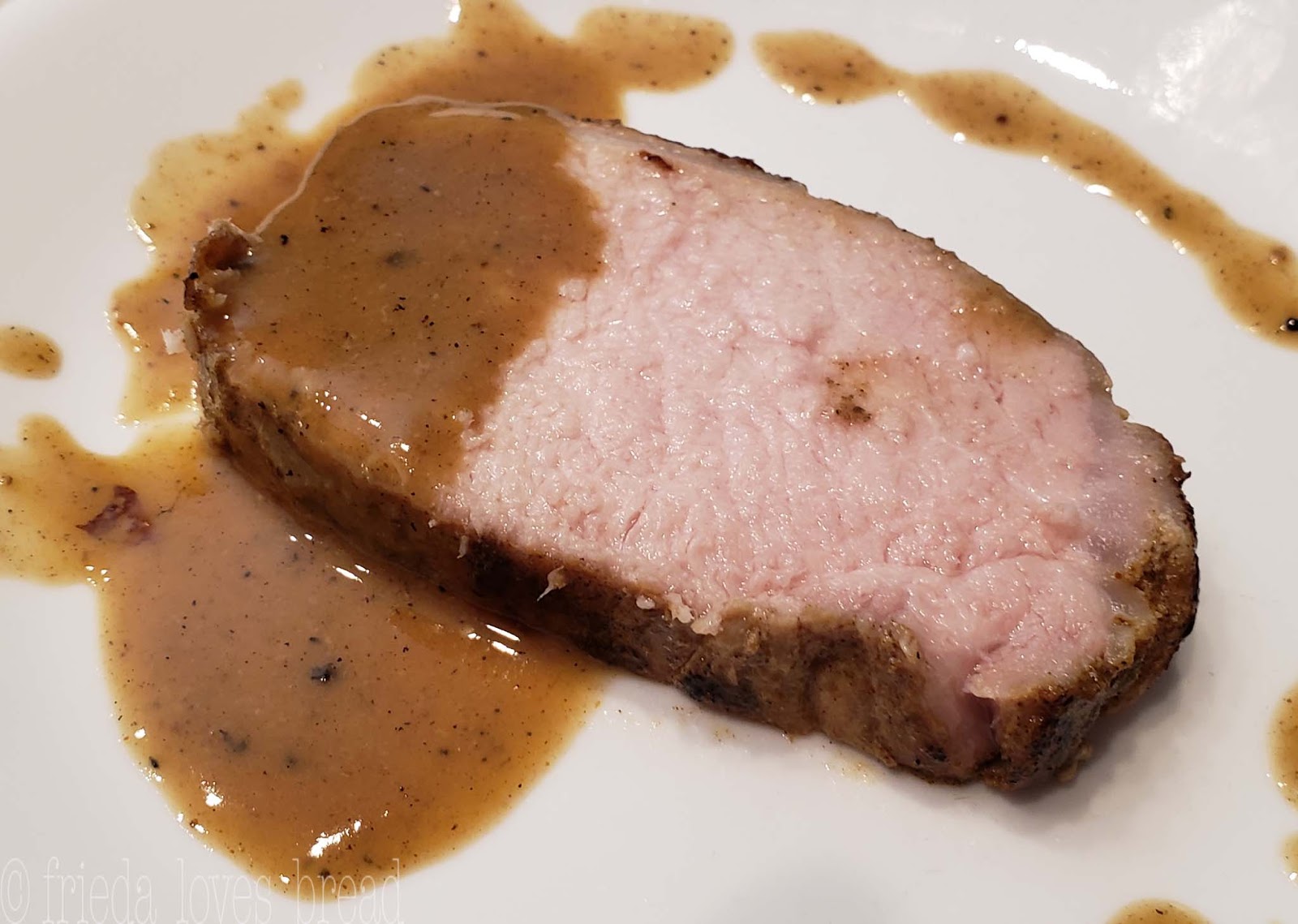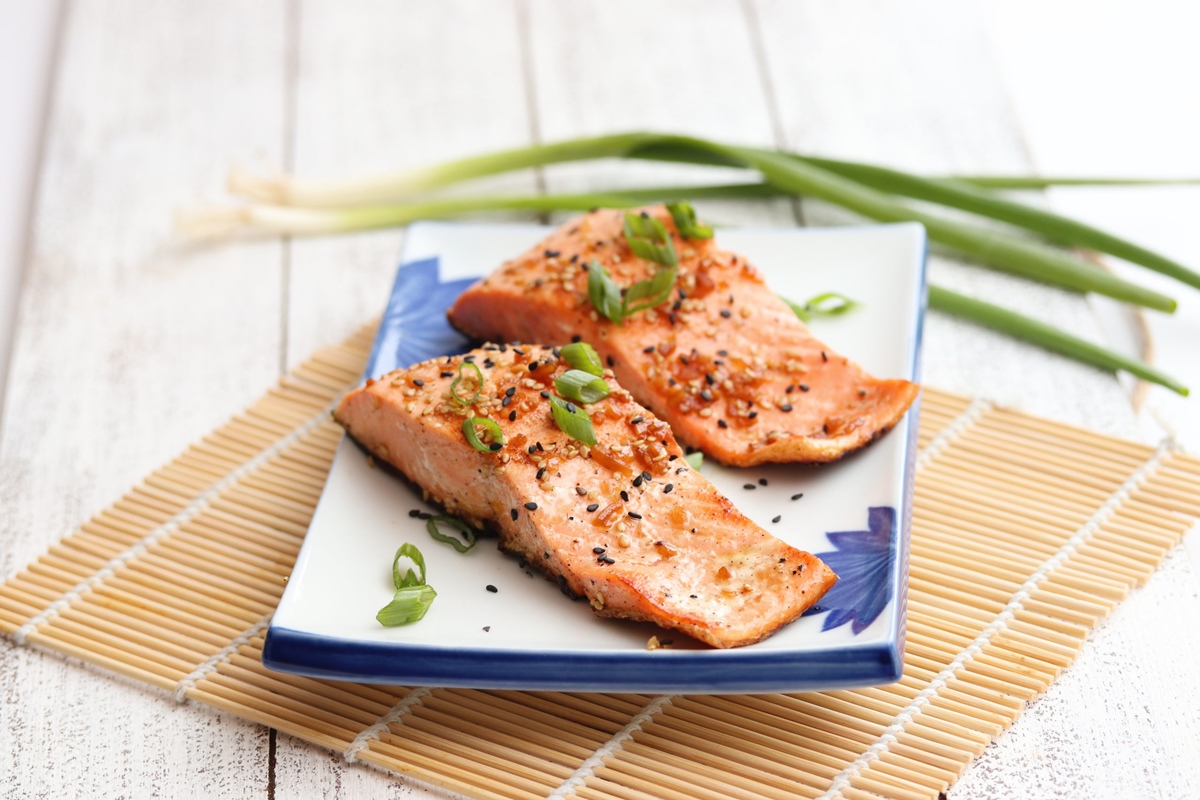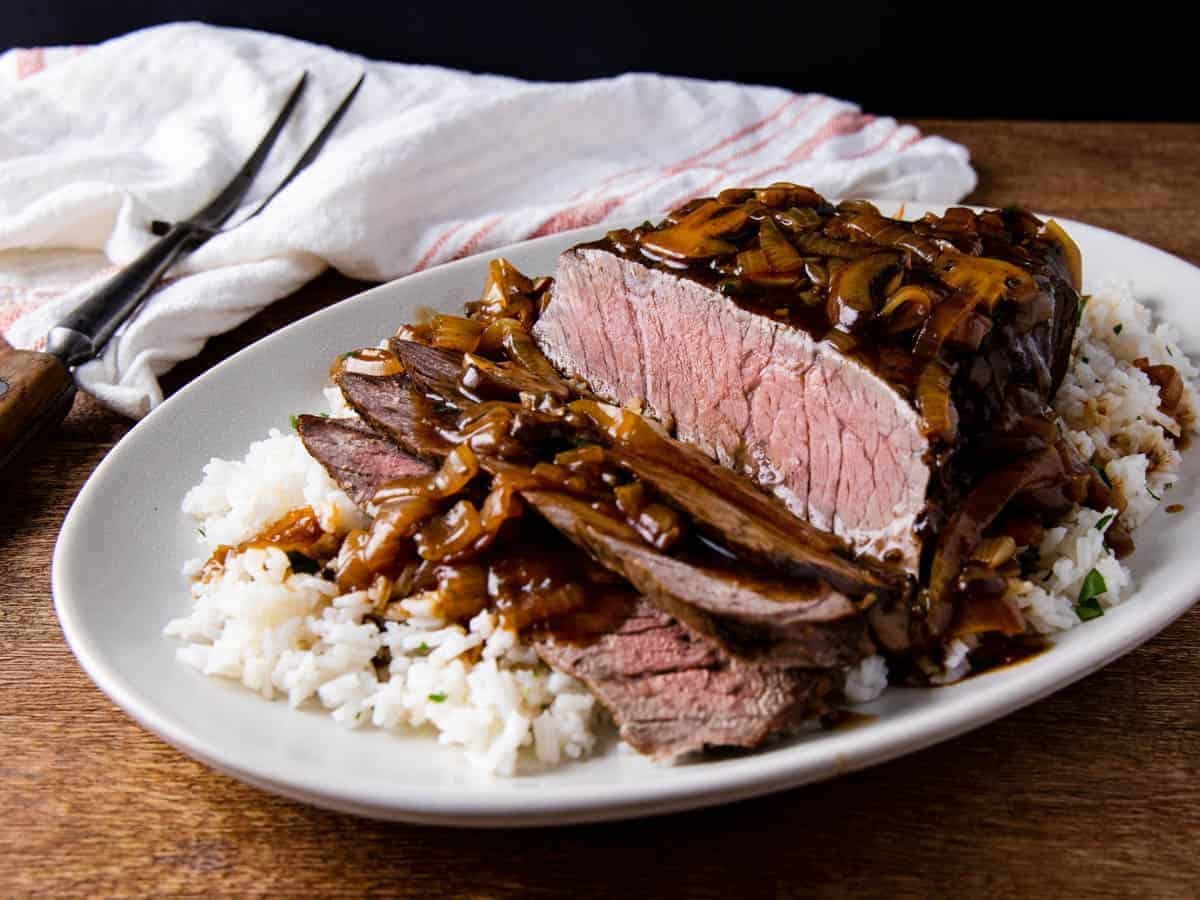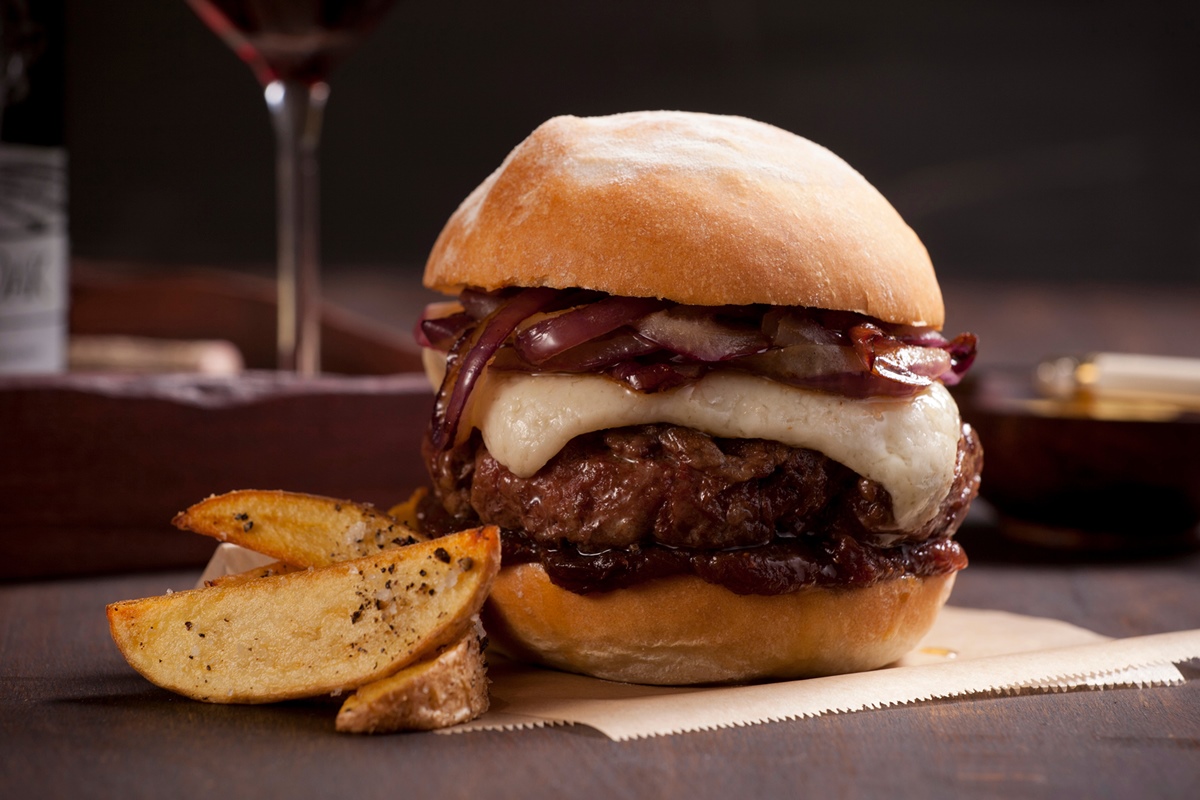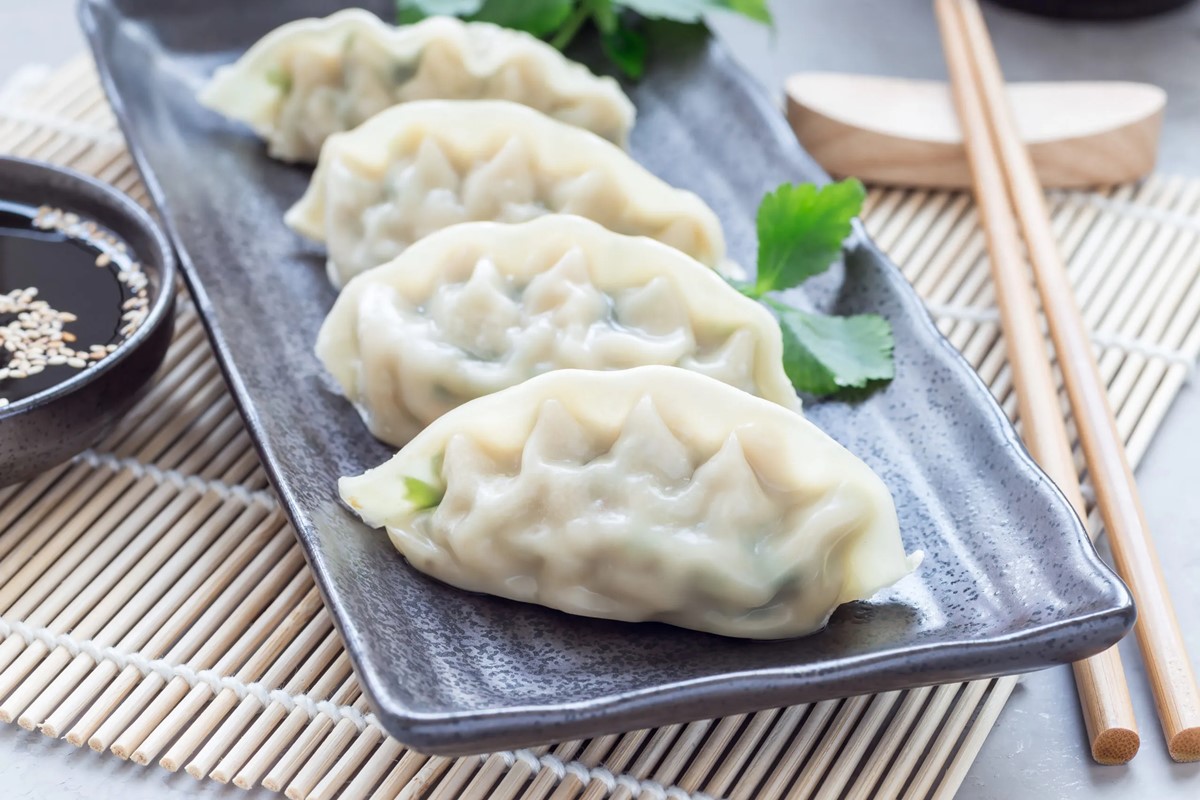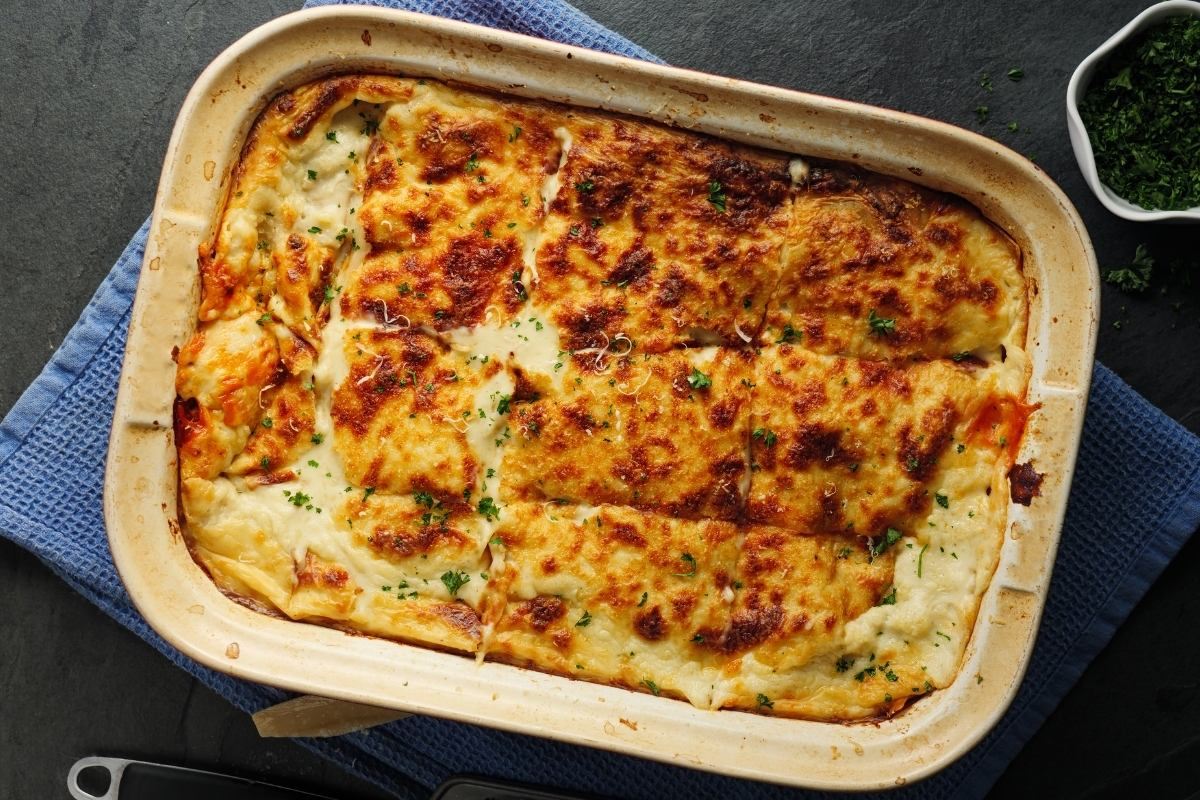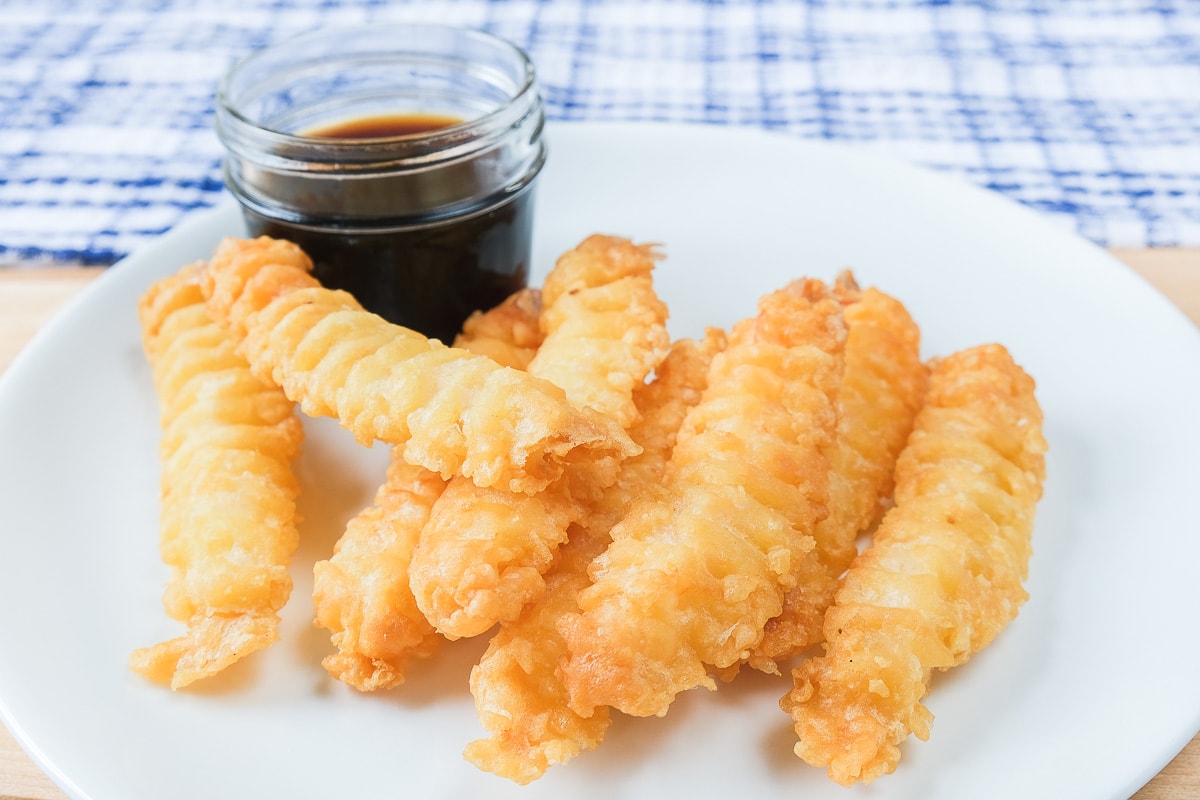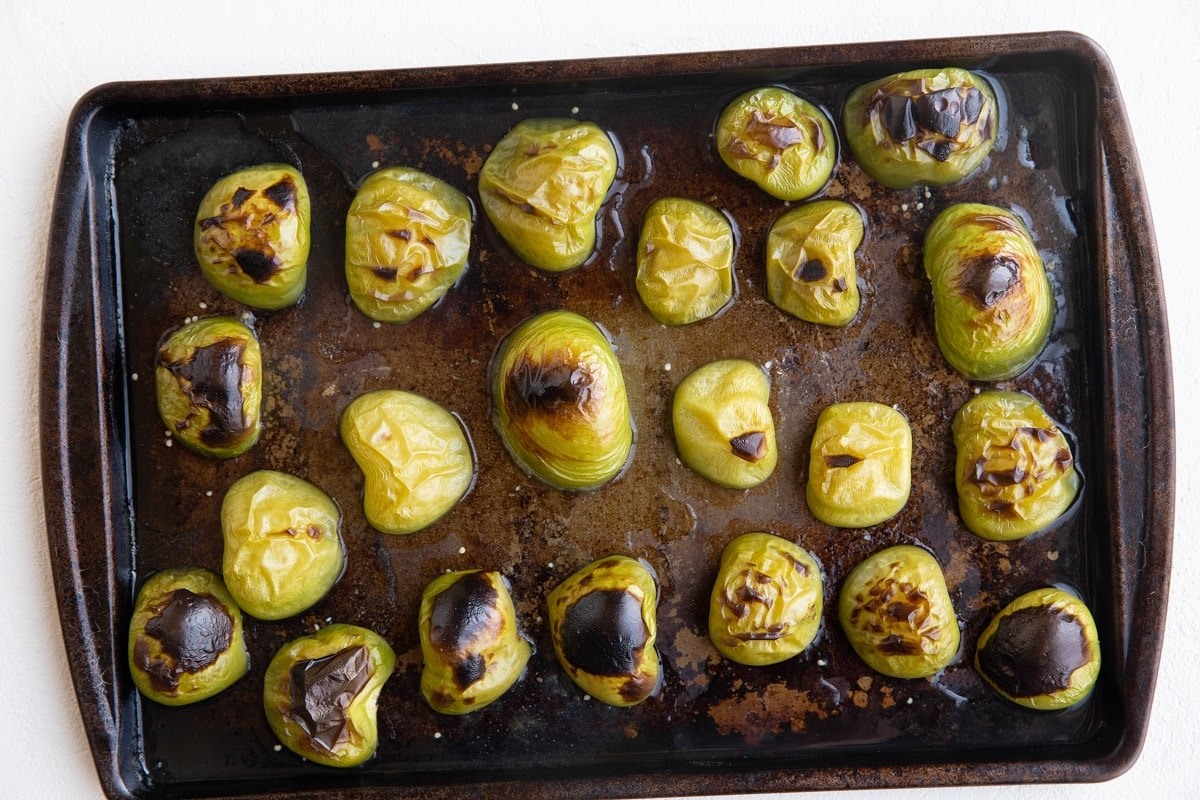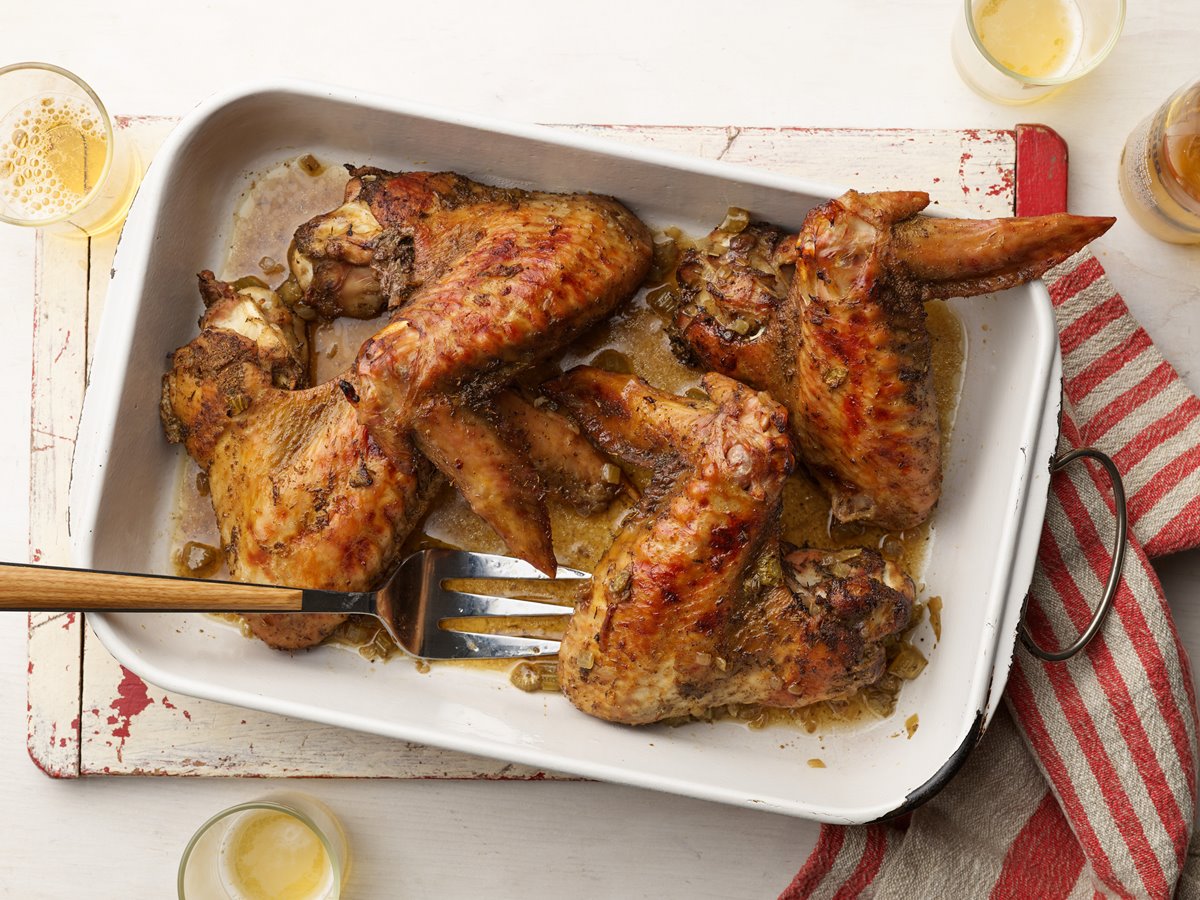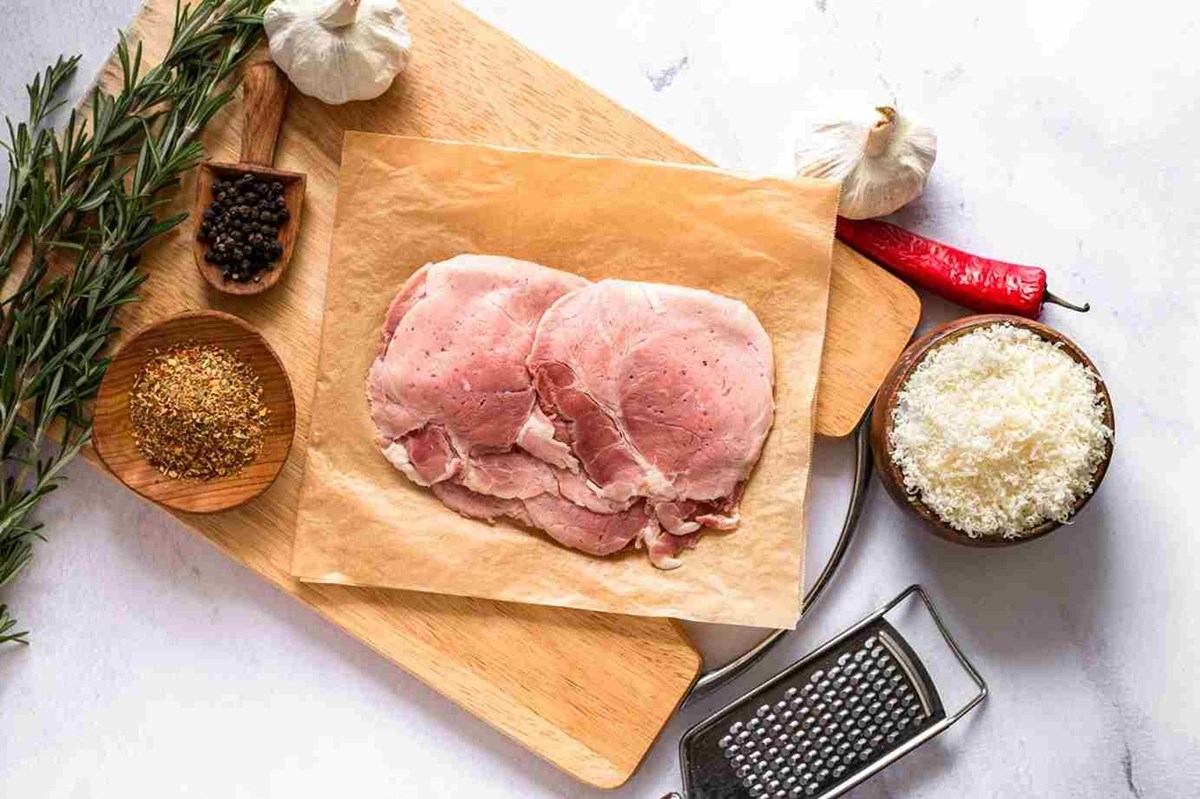Preparing a Nutritious Delight: Chicken Hearts for Your Feline Friend
As cat owners, we always strive to provide our furry companions with the best possible nutrition. When it comes to cat diets, incorporating fresh and wholesome ingredients is key. One excellent addition to your cat’s meal plan is chicken hearts. These nutrient-rich morsels are not only healthy but also highly palatable for our feline friends. In this article, we’ll guide you through the process of cooking chicken hearts for your cats, ensuring they receive the nourishment they deserve.
Why Choose Chicken Hearts?
Before we dive into the cooking process, let’s explore why chicken hearts make an excellent choice for your cat’s diet. These organ meats are a fantastic source of taurine, an essential amino acid that cats require for proper heart function and overall health. Additionally, chicken hearts are packed with vitamins B6 and B12, zinc, iron, and phosphorus, which contribute to a well-balanced diet for your furry friend.
Gathering the Ingredients
Now that we understand the benefits of chicken hearts, let’s gather the ingredients you’ll need:
- 250 grams of fresh chicken hearts
- A pinch of sea salt
- A tablespoon of olive oil
- Half a cup of water
Cooking Process
Follow these simple steps to prepare a mouthwatering treat for your feline companion:
- Start by rinsing the chicken hearts under cold running water to ensure they are clean and free from any debris.
- Once cleaned, place the hearts in a pot and add half a cup of water to the pot.
- Sprinkle a pinch of sea salt over the hearts for added flavor.
- Cover the pot and bring the water to a boil over medium heat. Reduce the heat to low and let the hearts simmer for about 20 minutes or until cooked through.
- Once the hearts are tender and fully cooked, remove them from the pot and let them cool for a few minutes.
- In a separate pan, heat a tablespoon of olive oil over medium heat.
- Add the cooked chicken hearts to the pan and lightly fry them for 1 to 2 minutes until they acquire a golden-brown color.
- Remove the hearts from the pan and allow them to cool completely before serving them to your cat.
Feeding Guidelines
When it comes to portioning, it’s important to keep in mind your cat’s size, age, and overall dietary requirements. In general, chicken hearts can be offered as an occasional treat or incorporated into your cat’s regular meal rotation. Serve the cooked hearts in small portions, ensuring they are fully cooled and cut into bite-sized pieces suitable for your cat to enjoy.
Remember, moderation is key. While chicken hearts are a healthy addition to your cat’s diet, they should not replace a balanced commercial cat food or prescribed veterinary diet. Always consult with your veterinarian about any dietary changes or concerns specific to your cat.
Final Thoughts
Cooking chicken hearts for your cats can be a rewarding experience that allows you to provide them with a nutritious and delicious treat. The benefits of incorporating these nutrient-rich organ meats into their diet are numerous. By following the simple steps outlined in this guide, you can create a delicacy that will leave your feline friend purring with delight!
More Delicious Recipes for Your Feline Friend
Now that you're equipped with the basics of preparing chicken hearts for your cat, why not experiment with more specialized recipes? From the simple yet satisfying Chicken Heart and Rice Dinner for Cats to the scrumptious Chicken Heart Cat Food Topper, each recipe offers unique flavors and health benefits. For a wholesome meal, try the Braised Chicken Hearts with Carrots for Cats, rich in vitamins and perfect for a cozy dinner. Alternatively, the Chicken Heart Summer Salad for Cats is an excellent choice for keeping your cat hydrated and cool during warmer months. These carefully crafted recipes ensure your cat enjoys a varied diet while utilizing your new cooking skills.
Was this page helpful?
Read Next: How To Cook Napa Cabbage For Ramen
